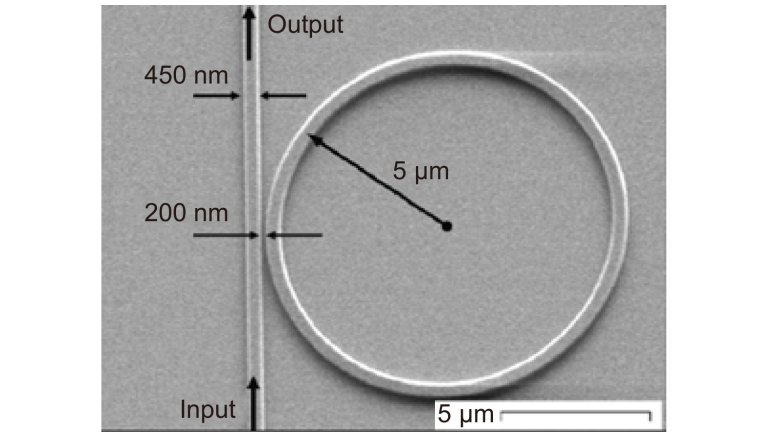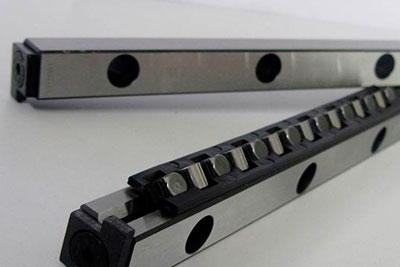

The economic key of the war was the control of the last good port before of the access to the Sea of Marmara, because the frequent presence of opposite maritime currents and adverse winds were demanding in occasion long periods waiting in a safe port.

Reflect the ancient rivalry between Ahhiyawa and Arzawa by the control of Aegean. 1196-1186 B.C., though also they attacked a good stretch of the Anatolian coast, it was a campaign of Mycenae and its allies against one of the vassal kingdoms of Hatti in the Anatolian coast, the which one had the support of the remaining dependent kingdoms of Hatti, River Seha in Asia, Mira in Lydia, Millawanda in Caria or Lukka in Lycia. 1186 B.C., that reveals a certain coordination between the Prst Peleset of Lukka and the Tkr Tjekker of Tarhuntašša, both refugees in Crete, where was governing Idomeneus, in relation with the Achaean naval force that was besieging Troy, in which Idomeneus was one of their three principal leaders. 1187 B.C., and of Troy by the Achaeans, ca. Exist a coincidence in the conquests of Sidon by Prst Peleset of Askhelon, ca. If the Achaeans of Ahhiyawa, originating from Miletus and Thebes, were the most important contingent than participated in the assault against Merneptah, the recitals that appear in the Odyssey or in the Nostoi of the Trojan Cycle also reflect the own heroic narrative of the Sea Peoples. The Iliad, the Odyssey and the Nostoi or returns of the Trojan War, are the heroic narrative in terms of the Boeotians of Ahhiyawa-Thebes, from whose port of Aulis departed the fleet to assault Troy. Other important source of information for this period is the Trojan War, whose destruction was dated by Manetho during the reign of pharaoh Twosret, widow of Sethos II, ca. 1177 B.C., the year seven of Ramesses III, was produced the destruction of Ugarit, since is mentioned in Medinet Habu that already Hatti and Kargamish have been destroyed. Finally, they finished installed in the Palestinian coast, taking advantage the previous settlement of the Prst Peleset in Ashkelon. They had naval support of the Wšš Weshesh ‘of the sea’, originating from Issus in Kizzuwanda, but they were defeated in the Delta by ships of Byblos, transporting Egyptian soldiers. The campaigns of Šuppiluliuma II in Lukka, Tarhuntassa and perhaps Kizzuwanda, provoked the displacement of Prst Peleset of Lukka, Tkr Tjekker of Tarhuntassa or Western Cilicia, and Dnn Dainiuna and Škrš Shekelesh of Kizzuwanda, that they were displaced mainly by land with their families crossing Mukiš, Ugarit and Amurru, where installed their camp, for thereinafter to penetrate in territory of the Egyptian Empire, in the eighth year of Ramesses III, ca. 1194 B.C., supporting to the great chancellor Bay and the throne access of the new pharaoh Siptah and the mother queen Twosret. From there, they continued toward Palestine, perhaps ca. A campaign of Tudhaliya IV in Lukka-Lycia, annexing this territory, had provoked an initial displacement of Prst Peleset, first to Crete, together with Tkr Tjekker of Tarhuntassa. Also participated Šrdn Sherden of Sardis and the Sardenos mount in Mira, currently Lydia, Rk Lukka of Lycia, together with Trš Turša and Škrš Shekelesh of Kizzuwanda or Eastern Cilicia. 1210 a.C., forced a dynastic change and the emigration of an important contingent of Theban population, being the Ikywš Akaywash of Millawanda and Thebes the principal foreign people that participated, supporting to the Lybians, in the assault the fifth year of Merneptah, ca. and after by their sons, the Epigoni, ca. On the other hand, the successive assaults on Thebes from the Argolid, first by the Seven against Thebes ca. The growing weakness of Ahhiyawa-Thebes favored the control of Millawanda-Miletus by Hatti. 1215/1209 B.C., in the which one the internal tensions within Hatti and Egypt, by the successoral problems, had an importance much greater than the external assaults, overvalue by the relief of Medinet Habu and the destruction of Ugarit. This instability phase was generalized in the Eastern Mediterranean after the death of Ramesses II ca. 1176 B.C., and they were collateral effects of the crisis of large two states, first Ahhiyawa and thereinafter Hatti. The assaults of the Sea Peoples were produced in two different moments, separated by 32 years, ca.


 0 kommentar(er)
0 kommentar(er)
